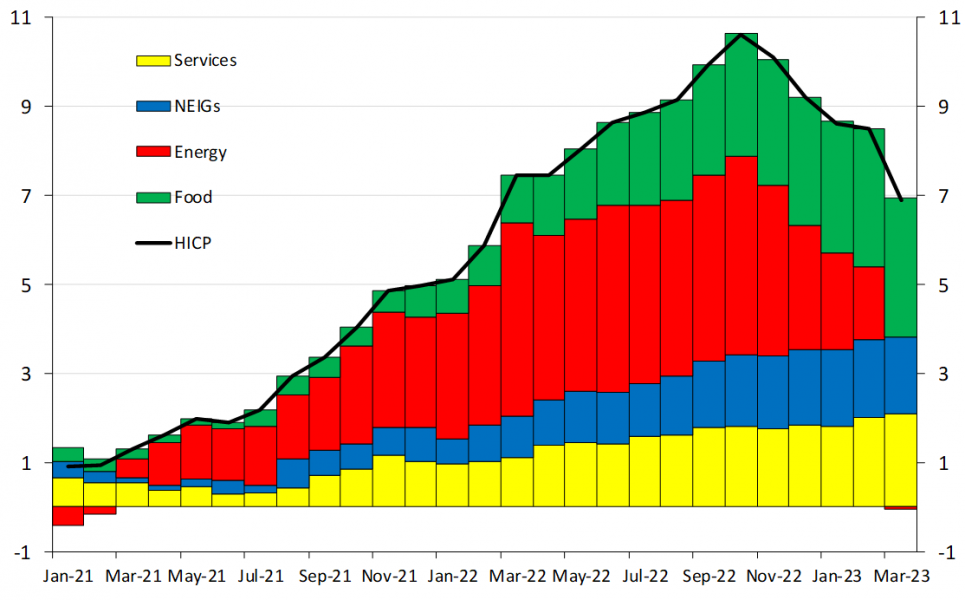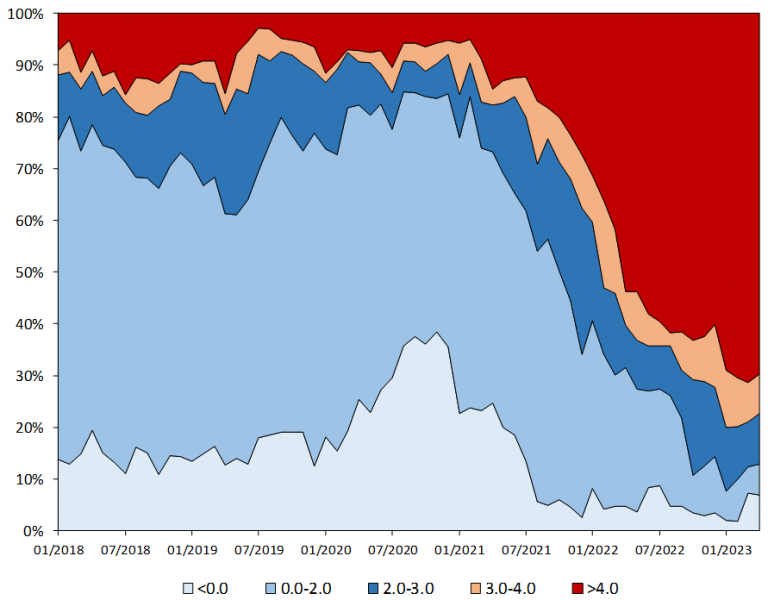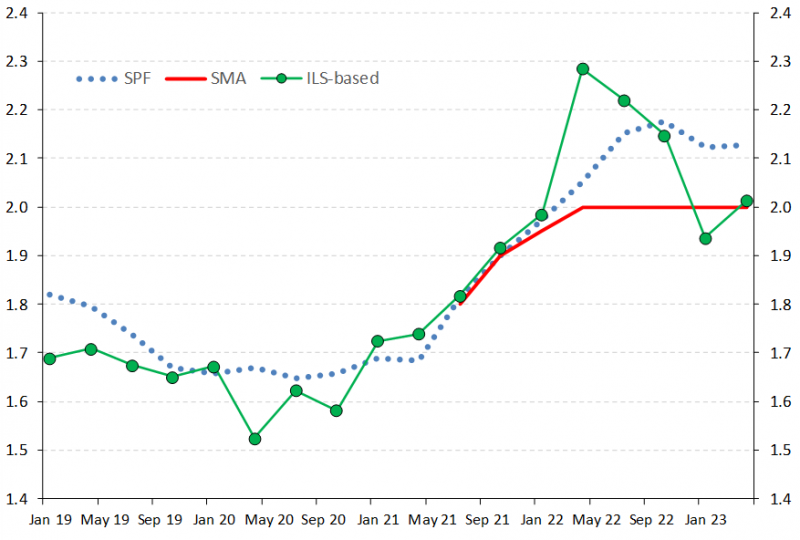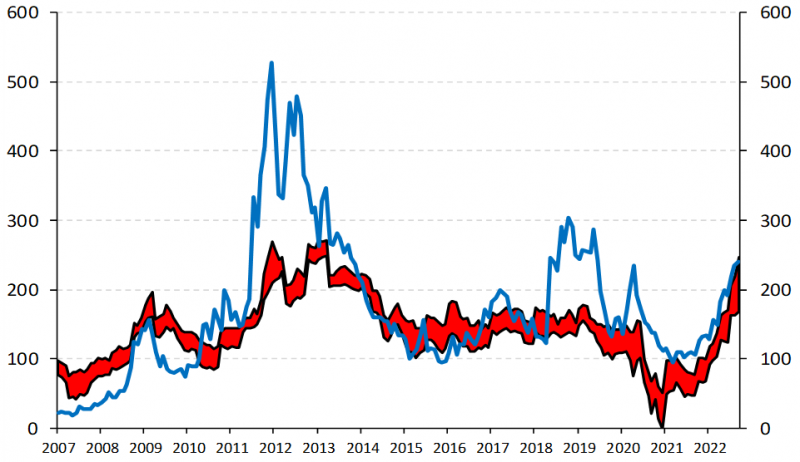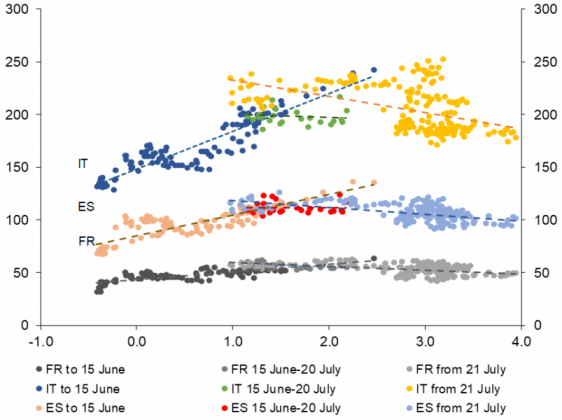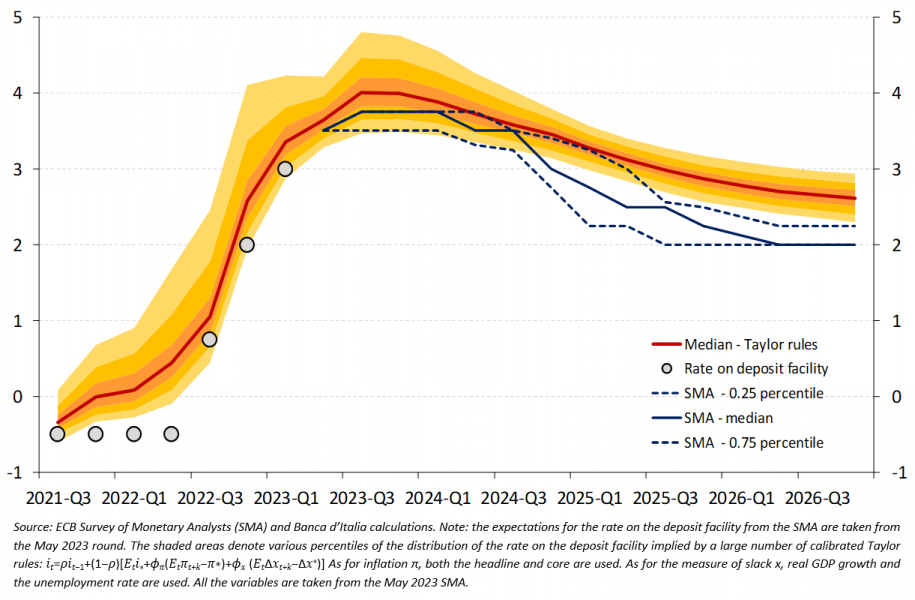References
Bernardini, M. and A.M. Conti (2023). “Announcement and implementation effects of central bank asset purchases”, Banca d’Italia Working paper, forthcoming.
Cecchetti, S., A. Grasso and M. Pericoli “An analysis of objective inflation expectations and inflation risk premia”, Banca d’Italia Working paper 1380.
Ceci, D. and M. Pericoli (2022). “Sovereign spreads and economic fundamentals: an econometric analysis”, Banca d’Italia Occasional paper 713.
Corsello, F., M. Gomellini and D. Pellegrino (2023). “A note on inflation and energy price shocks: lessons from the 1970s”, Banca d’Italia Occasional paper, forthcoming.
Corsello, F., S. Neri and A. Tagliabracci (2021) “Anchored or de-anchored? That is the question”, European Journal of Political Economy, 69 102031.
Neri, S. (2023). “Long-term inflation expectations and monetary policy in the euro area before the pandemic”, European Economic Review, 154 104426.
Neri, S., F. Busetti, C. Conflitti, F. Corsello, D. Delle Monache and A. Tagliabracci (2023). “Energy price shocks and inflation in the euro area”, Banca d’Italia Occasional paper, forthcoming.
Neri, S. and S. Siviero (2018). “The non-standard monetary policy measures of the ECB: motivations, effectiveness and risks”, Credit and Capital Markets 51, 513-560.
Panetta, F. (2022). “Small steps in a dark room: guiding policy on the path out of the pandemic”, speech at an online seminar organised by the Robert Schuman Centre for Advanced Studies and Florence School of Banking and Finance at the European University Institute, 28 February 2022.
Schnabel, I. (2022). “Inflation in the euro area: causes and outlook”, speech at the Luxembourg-Frankfurt Financial Professionals Network, Luxembourg, 22 September 2022.


